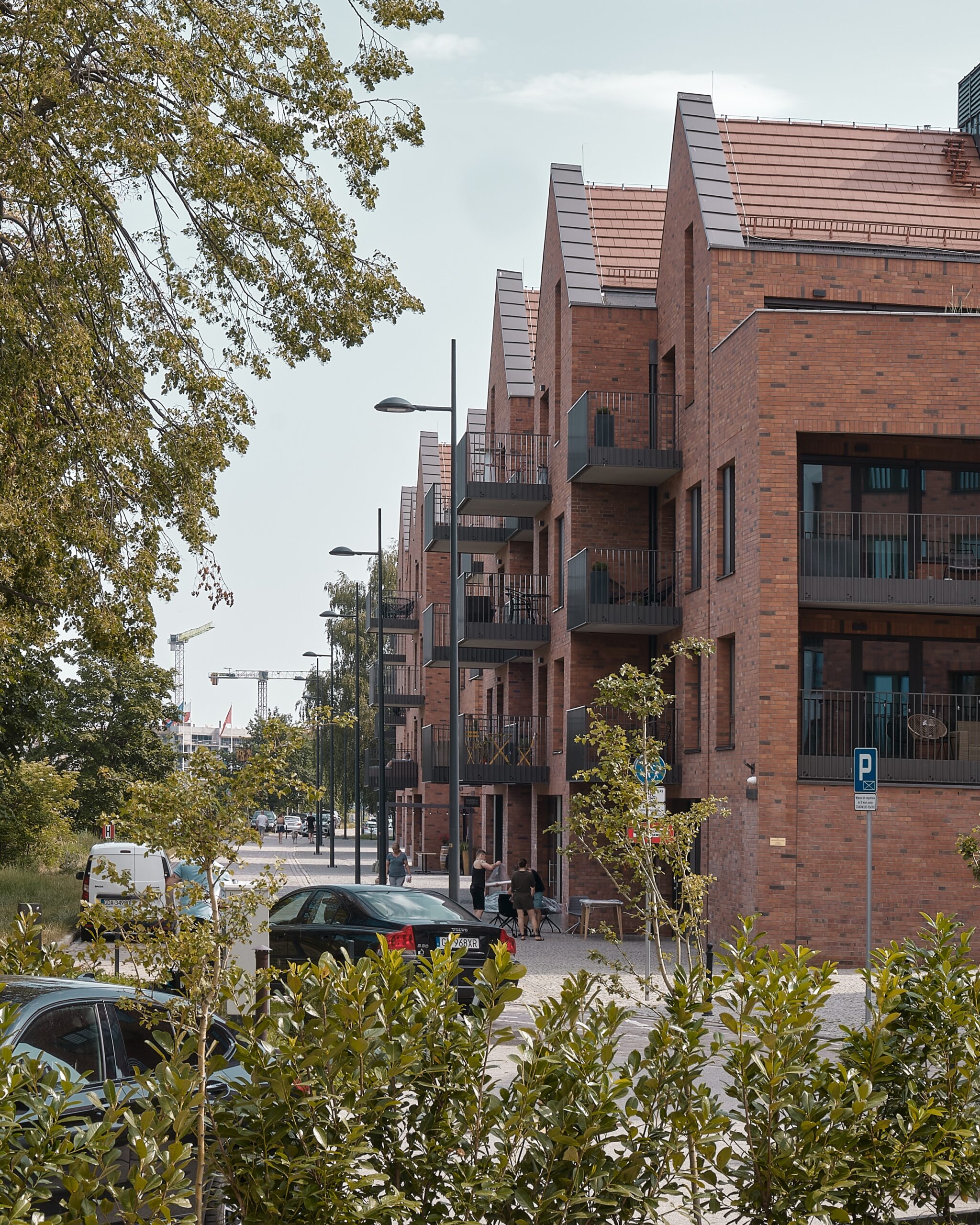Lending for Properties with 5+ Units:
When it comes to multifamily properties with 5 or more units, lenders usually focus on the property’s financial performance rather than the buyer’s financial status. Banks are particularly interested in the property’s debt-service coverage ratio (DSCR), which indicates whether the income generated by the property is sufficient to cover its debts, including the mortgage. Typically, lenders look for a DSCR of at least 1.2, meaning that the property’s income should be 120% of its debts.
Prepayment Penalties:
It’s crucial for borrowers to be aware that multifamily loans often include prepayment penalties during the fixed-rate period of the loan. These penalties are in place to compensate the lender for the interest revenue that would have been earned if the loan had remained outstanding for the originally agreed term.
There are different structures for prepayment penalties:
Declining Balance: Some loans have a declining balance structure where the prepayment penalty decreases each year. For example, a 5-year loan might have a penalty of 5% if prepaid in the first year, 4% in the second year, 3% in the third year, 2% in the fourth year, and 1% in the fifth year.
Yield Maintenance: Others have a yield maintenance penalty, which can be more severe. This is calculated based on the cost for the lender to replace the lost interest revenue and can vary depending on market conditions. Yield maintenance aims to ensure that the lender receives the same yield as if the borrower made all scheduled mortgage payments until maturity. Since it’s based on market conditions, it’s difficult to predict the exact amount in advance.
Lending for Properties with 2-4 Units:
For smaller multifamily properties consisting of 2-4 units, the lending criteria are somewhat different. Here, lenders are more focused on the borrower’s financials, particularly the debt-to-income ratio (DTI). However, the rental income from the property can also be considered in evaluating the borrower’s ability to repay the loan. For instance, if the rental income from a 2-4 unit building helps to lower the borrower’s DTI ratio from 55% to 43%, this could improve the chances of loan approval.
Interest Rate Structures:
Multifamily loans often have hybrid interest rate structures. Typically, the interest rate is fixed for the first 3-5 years and then converts to an adjustable rate. Long-term fixed-rate loans are less common and generally come with higher interest rates compared to short-term loans.
Ideal Buyers for Multifamily Loans:Investors who focus on key performance indicators such as Internal Rate of Return (IRR) and Return on Investment (ROI) are often the most likely to benefit from taking out a multifamily loan. In the current market, where rising real estate prices can make achieving positive cash flow challenging, it’s common for buyers to make down payments ranging from 30% to 40%, with some even making larger down payments to secure better loan terms.
